ART GUIDE - Paper Conservation
BEFORE AND AFTER PHOTOGRAPHS
A missing corner before treatment 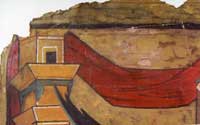 | A missing corner after treatment 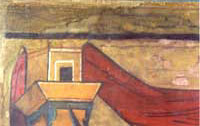 |
| |
A Torn Etching before Treatment
 | A Torn Etching after Treatment
 |
| |
Abrasion of Painted Surface before Treatment
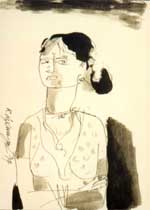 | Abrasion of Painted Surface after Treatment
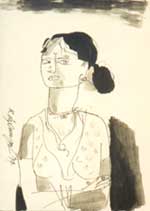 |
| |
Brittle pen think Illustration before Treatment
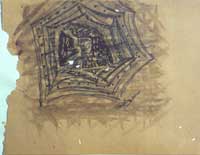 | Brittle pen think Illustration after Treatment
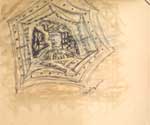 |
| |
A foxed + discolored lithograph with tide lines & liquid stains before Treatment
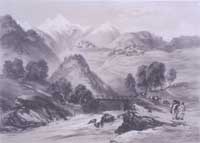 | A foxed + discolored lithograph with tide lines & liquid stains after Treatment
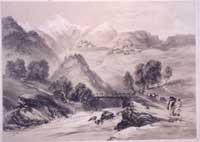 |
| |
An object with fungus before Treatment
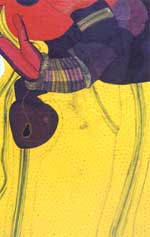 | An object with fungus after Treatment
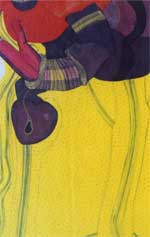 |